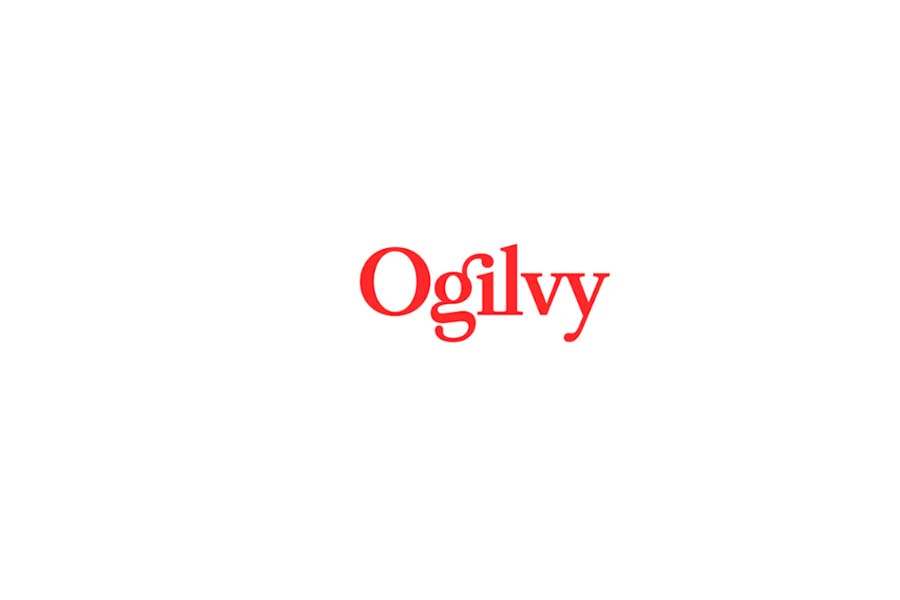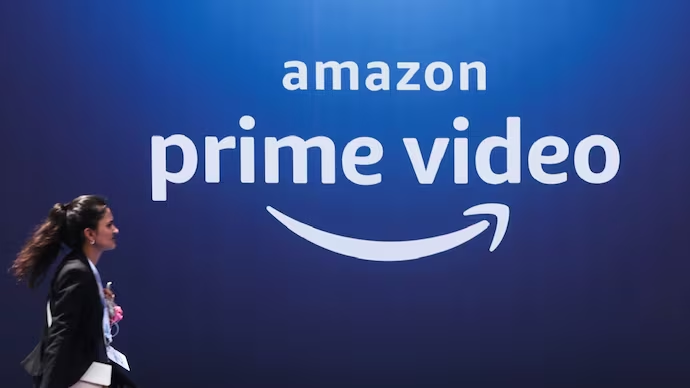WPP Restructures Creative Agencies: Grey Moves Under Ogilvy
In a significant shake-up of its creative agency structure, WPP is moving Grey under the leadership of Ogilvy as part of ongoing efforts to simplify operations and enhance cross-agency collaboration. Grey will no longer report to the AKQA Group, a structure in place since the two agencies were grouped together in 2020. Despite the shift, WPP emphasized that this is not a merger. Grey will continue to operate as an independent brand within the WPP network, maintaining its leadership team and client relationships. Laura Maness, Global CEO of Grey, will now report to Devika Bulchandani, Global CEO of Ogilvy. In a memo to employees, Bulchandani clarified, “This is not a consolidation, but rather a realignment to better reflect how our agencies operate in practice.” Grey and Ogilvy are expected to collaborate more closely in areas like strategy, public relations, and customer experience, leveraging complementary strengths. The move coincides with broader organizational changes at WPP. The AKQA Group is currently searching for a new global CEO following the departure of Ajaz Ahmed. Meanwhile, WPP’s media division, GroupM, is undergoing a restructuring that could affect up to 45% of its U.S. staff. Although Grey and AKQA were structurally linked for five years, they remained operationally distinct—Grey focusing on brand-building creative, and AKQA on design and technology. Both agencies will continue to collaborate on shared client work. This realignment is the latest step in CEO Mark Read’s broader strategy to streamline WPP’s structure and deliver more integrated services to clients.










